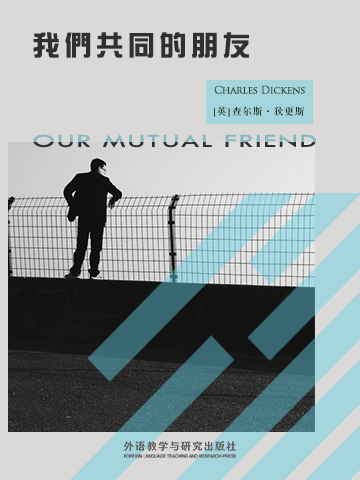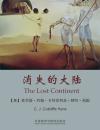In his 1940 article "Dickens: Two Scrooges", Edmund Wilson states, "Our Mutual Friend, like all these later books of Dickens, is more interesting to us today than it was to Dickens's public. Certainly the subtleties and profundities that are now discovered in it were not noticed by the reviewers." As a whole, modern critics of Our Mutual Friend, particularly those of the last half century, have been more appreciative of Dickens's last completed work than his contemporary reviewers. Although some modern critics find Dickens's characterisation in Our Mutual Friend problematic, most tend to positively acknowledge the novel's complexity and appreciate its multiple plot lines.
《我们共同的朋友》(1864-1865)是英国伟大的现实主义小说家狄更斯最后一部长篇小说,这部小说用巨大的垃圾堆来作英国社会的象征。象征手法的更多使用和对于小说结构的注意是狄更斯后期小说的特点,表示了狄更斯在小说艺术上的发展。
Our Mutual Friend (written in the years 1864–65) is the last novel completed by Charles Dickens and is one of his most sophisticated works, combining psychological insight with social analysis. It centres on, in the words of critic J. Hillis Miller, "money, money, money, and what money can make of life", but is also about human values. In the opening chapters a body is found in the Thames and identified as that of John Harmon, a young man recently returned to London to receive his inheritance. Were he alive, his father's will would require him to marry Bella Wilfer, a beautiful, mercenary girl whom he had never met. Instead, the money passes to the working-class Boffins, and the effects spread into various corners of London society.
- BOOK THE FIRST THE CUP AND THE LIP
- BOOK THE SECOND—BIRDS OF A FEATHER
- BOOK THE THIRD A LONG LANE
- BOOK THE FOURTH A TURNING
- POSTSCRIPT IN LIEU OF PREFACE
- 书评 写书评
- 笔记
-
书评加载中...























 京公网安备 11010802032529号
京公网安备 11010802032529号
笔记加载中...